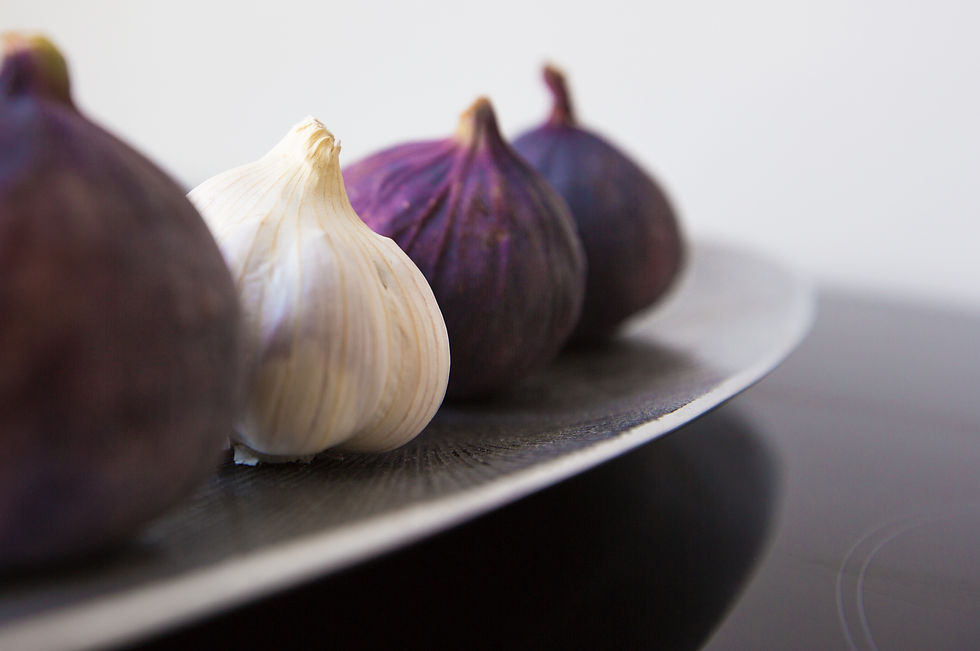This week I shared a recipe for a chia pudding inspired by the textures and flavors of Falooda. Chia seeds and other ingredients have gained popularity by being labelled as ‘superfoods’ and so I wanted to understand the term a little better and whether there is something super about these foods or not! Read more about superfoods, what makes them ‘super’ and how to include some in your meals.
What are superfoods?
Superfoods are generally understood to be foods that are nutrient dense and thus good for one's health, so foods that are high in vitamins, minerals, antioxidants, healthy fats and/or fiber.
There is no standard criteria or legal definition to classify a food as a superfood. The term 'superfoods' was coined for marketing purposes to influence food trends and sell products; between 2011 and 2015 there was a 202% increase in global sales of products marketed as 'superfoods', 'superfruits' or 'supergrains'.
Nevertheless, there is no denying that these foods are nutritionally beneficial when included with an overall balanced diet and healthy lifestyle.
See below for some examples of superfoods and how to include them in your meals.

Nuts and Seeds
Nuts and seeds are high in fiber, protein and heart-healthy fats. They also include various plant compounds with anti-inflammatory and antioxidant properties.
Food ideas: You can add nuts (or nut butters) and seeds to oatmeal, granola, smoothies, salads, soups, sauces, curries, stir fry, or have them on their own as a snack. This week I shared a recipe for chia pudding which is a great way to have this superfood for breakfast.

Dark Leafy Greens
Dark green leafy vegetables like kale, spinach and collard greens are a great source of nutrients like folate, zinc, calcium, iron, magnesium, vitamin C and fiber. They also include high levels of anti-inflammatory compounds.
Food ideas: You can use dark leafy greens in salad, sauté them to have as a side, add them to soups, stews and curries, use them as wraps, add them to juices or smoothies.

Berries
Berries like raspberries, strawberries, blueberries, blackberries and cranberries are high in vitamins, minerals, fiber and antioxidants.
Food ideas: you can add berries to your breakfast, desserts, salads, smoothies, or as a snack on its own. If they are not in season, its just as healthy to buy them frozen.

Garlic
Garlic is a good source of manganese, vitamin C, vitamin B6, selenium and fiber. As well as being popular for its flavor, garlic has been used for its medicinal benefits for centuries.
Food ideas: Garlic is an important ingredient in many cuisines, can be used in soups, salads, curries, stir fry, sauces.

Legumes
Legumes includes foods like beans, lentils, peas, peanuts and alfalfa, and are a rich source of B vitamins, various minerals, protein and fiber.
Food ideas: add to salads, soups, casseroles and curries. Foods which are dense in legumes like chilli, daal, hummus.

Fermented foods
Fermented foods like kimchi, kombucha, miso, sauerkraut are rich in probiotics which are healthy bacteria. Yogurt and kefir are also high in probiotics (but are dairy, of course!)
Food ideas: include pickled vegetables like kimchi or sauerkraut in meals like bowls, salads, soups. Include miso in soups, sauces, marinades.

More Superfoods
Turmeric includes the active compound curcumin which has antioxidant and anti-inflammatory effects. Note curcumin isn't easily absorbed in the body but can be enhanced by pairing it with fats or other spices like black pepper.
Ginger is used for its flavor and medicinal purposes. It contains antioxidants such as gingerol. Ginger can be included in soups, stir fry, curry, sauces, marinades and tea.
Green tea is rich in antioxidants and polyphenolic compounds which have anti-inflammatory effects.
Avocado is rich in fiber, vitamins, minerals and healthy fats. You can add it to salads, wraps, smoothies or dips like guacamole.
Whole grains like oats, bulger and quinoa are a good source of soluble and insoluble fiber and contain B vitamins and other minerals.
Sweet potatoes are high in potassium, fiber and vitamins A and C.
Olive oil has high levels of monounsaturated fatty acids and antioxidants like vitamins E and K.
Mushrooms contain vitamin A, potassium, fiber and various antioxidants.
Are any of these superfoods a staple for you? Let me know in the comments!
References
Ansley Hill. “16 Superfoods That Are Worthy of the Title.” Healthline, 9 July 2018, https://www.healthline.com/nutrition/true-superfoods#TOC_TITLE_HDR_2.
Katherine D. McManus. “10 superfoods to boost a healthy diet.” Harvard Health Publishing, 13 April 2020, https://www.health.harvard.edu/blog/10-superfoods-to-boost-a-healthy-diet-2018082914463.
Anna Brooks. “15 Superfoods and the Scientific Reasons to Eat Them.” Everyday Health, 12 May 2020, https://www.everydayhealth.com/photogallery/superfoods.aspx.
Comments